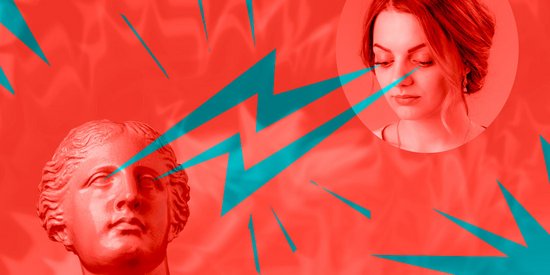Dowsing is not just an art: it is one of the tools that bridges the gap between the analytical mind and the intuition.
In Egypt, Chaldean magicians are said to have practiced "rabdomancy", the art of divination, using a wand.
The term dowsing (from the Latin, radius, ray and from the Greek, aisthesis, sensation) was launched in 1919 by the Abbé Bayard, professor at the Catholic University of Lille, and by the Abbé Bouly, famous dowser, from the parish of Hardelot. About ten years later, Emile Christophe appended the prefix "tele", "teleradiesthesia" being remote dowsing.
Generally speaking, dowsing is defined as the science of the detection of energies emitted by nature, through the use of some kind of physical media (usually a wand or a pendulum) or using paranormal human communication channels.
Who can be a dowser?
Everyone can be a dowser. It's just a matter of working on it. There are several ways to assess your sensitivity for being able to dowse.
Even more exciting, contrary to what some people say, the pendulum really is accessible to everyone, provided they follow a few simple "rules" based on common sense. The simple fact of being attracted by a technique, shows us that most of the time that a person has the real abilities to be able to use it effectively.
We can then discover them and apply them directly.
Our advice: We currently live in a world where rational thinking is given priority. As I explained previously, dowsing is both a divinatory art and science. Only a good psychic practitioner can reveal your future to you.








